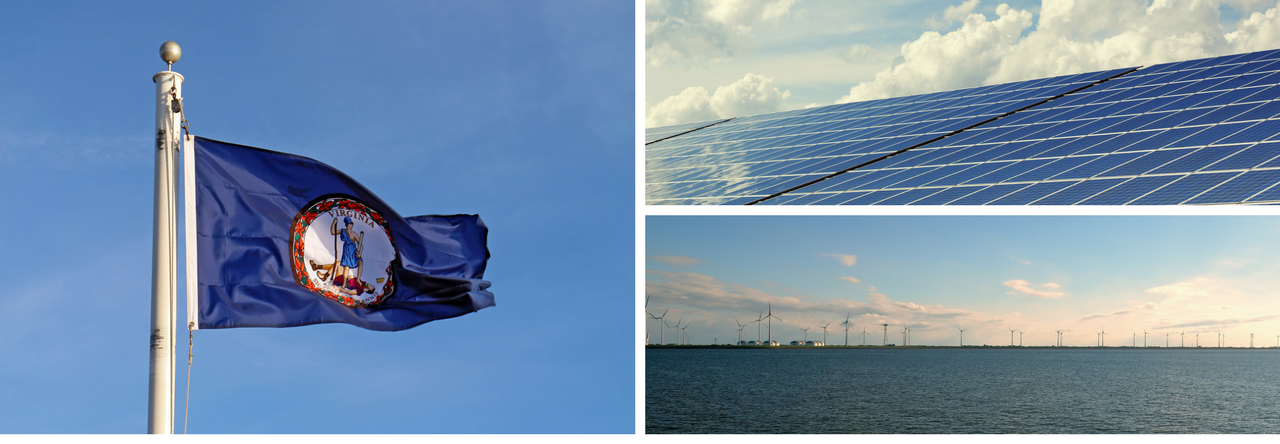You and I probably agree that solar is awesome. But does it make financial sense? To get an answer, we need to know three things: how much energy will be produced, how much the system will cost, and how are we going to come up with money to pay for it.

How much energy will my system generate?
To get an estimate on that, we will head to PVWatts, enter our ZIP code (I’m using 20147 in Northern Virginia), choose a nearby weather station, then enter 1 for the system size (that’s kilowatts) and 33.7 for tilt — an equivalent to a fairly typical 8/12 roof pitch. The reason I’m looking at a 1 kW system is that we can use its numbers to get an estimate for any other size just by multiplying. If a 1 kW system generates $100 worth of electricity, then a 2 kW system will produce $200, it’s that simple.
We’ll leave all the other input fields as they are, including azimuth of 180 degrees for our imaginary South-facing roof. Click the orange arrow pointing right, and we arrive at 1,364 kilowatt-hours (kWh) per year that are worth $150 at Virginia’s average 11 cents per kWh.

This is our handy number: every 1 kW of solar on a south-facing roof will generate us $150 worth of electricity per year. A more typical residential 5 kW system will then earn us $750 every year.
Not everyone has a roof that faces due South. Let’s expand our set of handy numbers to roofs that face East, South-East, South-West, and West (all numbers are per year per kilowatt of nominal solar capacity):
- East: 1,091 kWh or $123
- South-East: 1,284 kWh or $140
- South: 1,364 kWh or $150
- South-West: 1,283 kWh or $142
- West: 1,091 kWh or $121
Is it a good return on my money?
Let’s look at several scenarios: cash, 15-year Home Equity Loan, and 30-year Home Equity Loan. For all of them, we will assume $2.75 per watt installed, which is halfway between a national average of $3 and a much lower price that we paid for our system ($2.45). The 30% Federal Tax Credit turns it into $1.93 per watt. We also assume a South-facing roof.
Paying out of pocket
Cost of 1 kW system, installed: $1,930
Energy produced per year: $150
Return on Investment (ROI): 7.8%
So, our imaginary system is roughly equivalent to a very illiquid Certificate of Deposit paying 7.8% annually — not a bad return, especially given that it is guaranteed. It also shields you from potential increases in electricity prices. The drawback is, of course, the lack of liquidity — you only get your principal amount back when you sell your house.
For roofs facing in less optimal directions, returns are: 6.4% for East or West, 7.3% for South-East or South-West.
What these numbers also tell us is that a loan with an interest less than 7.8% (7.3% or 6.4% for roofs facing in less optimal direction) may make an economic sense, depending on loan terms and our time horizon. Fortunately, for a homeowner with a bit of equity in their house, a loan like this is fairly easy to obtain. At a time of the writing, a quick search showed HELOC rates between 4% and 6%. We’ll use two products from Alliant Credit Union (which everyone can join) as an example: a 15-year 4% HELOC and a 30-year 4% interest-only HELOC. For simplicity, we’ll assume forgoing the interest-only feature of the second one and paying down interest every month.
15-year loan
Each $1,930 (cost of 1 kW) borrowed at 4% interest over 15-years will result in a payment of $14.28 per month, or $171.36 per year. Given that we are getting $150 worth of electricity per year, it leaves us $21.36 short of a break-even point. A typical residential 5kW system, facing South, will cost a homeowner roughly $106.8 per year for the first 15 years, then it will start producing $750 per year. Not exactly a projection that will fit most people’s time horizons.
Our outlook could change if we could deduct HELOC interest. Unfortunately, there is no guidance on the details of home equity interest deductibility following changes in the tax code so it would be irresponsible to speculate on that.
30-year loan
Things change with a 30-year loan, though: each kW of our system would require a payment of $9.21 per month, or $110.52 per year. Each kW of our system will then give us roughly $40 per year, absolutely free, with no down payment — or $200 if we go with 5 kW that fit on an average house roof.
And it is a very big deal: with no special tricks, no state or local subsidies but the right kind of financing solar in Virginia can be cash-flow positive. It also means that solar provides real savings from day one when the cost of it is added to a mortgage — be it during construction, purchase or refinancing.

